Laravel vs Drupal: Key Features and Differences
Introduction
Laravel and Drupal are two of the most popular open-source content management systems (CMS) available today. Both platforms offer a wide range of features and capabilities, but they also have some key differences. In this article, we will compare and contrast Laravel and Drupal, highlighting their key features and differences to help you decide which platform is right for your next project.
Key Features
Laravel
- MVC Architecture: Laravel follows the Model-View-Controller (MVC) architectural pattern, which makes it easy to organize and maintain your code.
- Eloquent ORM: Laravel includes the Eloquent Object-Relational Mapping (ORM), which provides a simple and expressive way to interact with your database.
- Blade Templating Engine: Laravel uses the Blade templating engine, which is fast and easy to use.
- Artisan CLI: Laravel includes the Artisan command-line interface (CLI), which provides a powerful way to manage your application.
- Extensive Ecosystem: Laravel has a large and active community, which has developed a wide range of packages and extensions.
Drupal
- Modular Architecture: Drupal uses a modular architecture, which allows you to easily add and remove features as needed.
- Content Types: Drupal allows you to create custom content types, which can be used to store and manage different types of content.
- Views: Drupal includes the Views module, which provides a powerful way to create and manage custom views of your content.
- Taxonomy: Drupal includes the Taxonomy module, which allows you to create and manage taxonomies, which can be used to categorize and organize your content.
- Strong Security: Drupal has a strong focus on security, and it includes a number of features to help protect your website from attacks.
Differences
While Laravel and Drupal share some similarities, there are also some key differences between the two platforms.
Learning Curve
Laravel has a lower learning curve than Drupal. This is because Laravel is a more modern framework, and it uses a simpler syntax. Drupal, on the other hand, has a steeper learning curve. This is because Drupal is a more complex framework, and it uses a more complex syntax.
Performance
Laravel is generally faster than Drupal. This is because Laravel is a more lightweight framework, and it uses a more efficient caching system. Drupal, on the other hand, is a more heavyweight framework, and it uses a less efficient caching system.
Extensibility
Laravel is more extensible than Drupal. This is because Laravel has a larger and more active community, which has developed a wider range of packages and extensions. Drupal, on the other hand, has a smaller and less active community, which has developed a narrower range of packages and extensions.
Which Platform is Right for You?
The best platform for you will depend on your specific needs and requirements. If you are looking for a platform that is easy to learn, fast, and extensible, then Laravel is a good option. If you are looking for a platform that is modular, secure, and has a strong focus on content management, then Drupal is a good option.
Conclusion
Laravel and Drupal are both powerful and versatile CMS platforms. However, there are some key differences between the two platforms. Laravel is a more modern framework with a lower learning curve, better performance, and greater extensibility. Drupal is a more mature framework with a stronger focus on content management, security, and modularity. Ultimately, the best platform for you will depend on your specific needs and requirements.
If you are looking for a top-rated CMS development company, look no further than Volts Consulting. We have a team of experienced Laravel and Drupal developers who can help you build a custom CMS solution that meets your specific needs. Contact us today to learn more.




